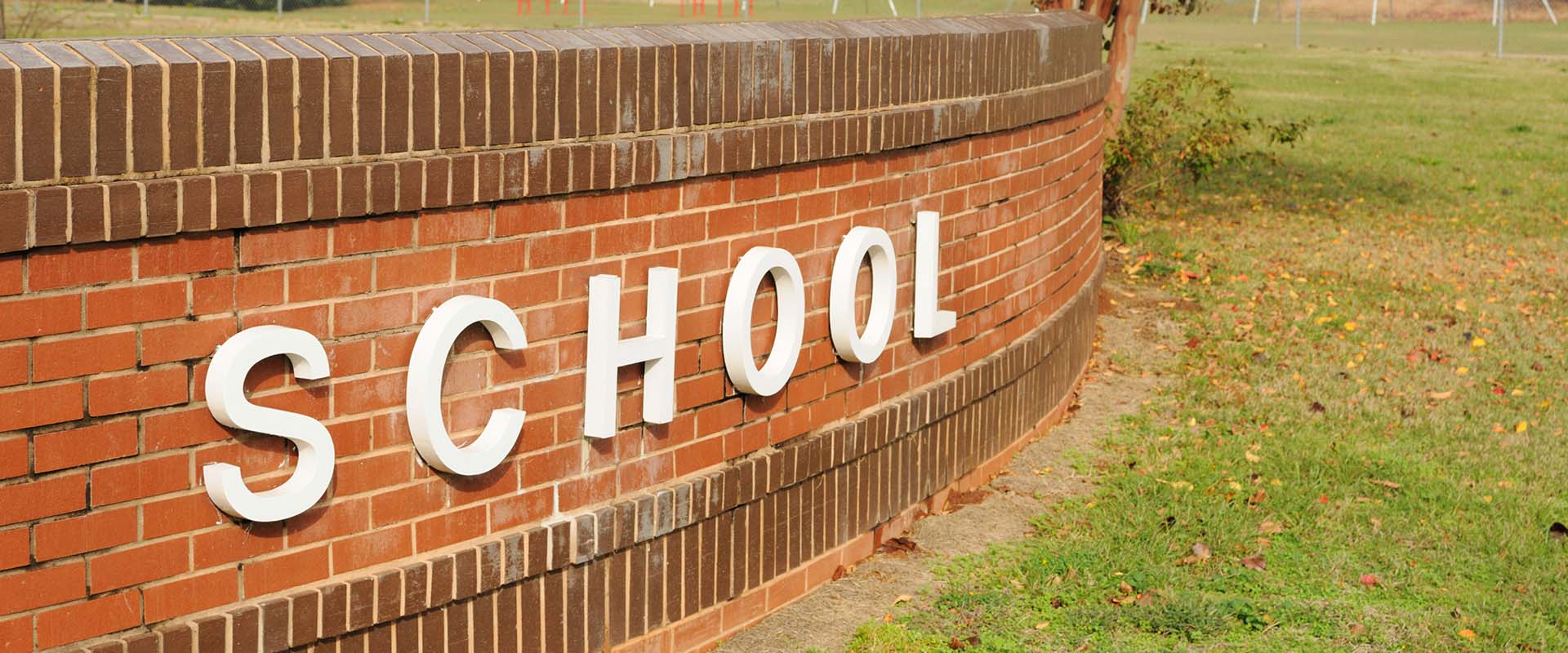Seek and Serve: California Expands Outreach for Homeless Youth

November 2021
Number 36
The California Legislature, believing many school districts were inaccurately reporting the numbers of homeless youth residing within their boundaries across the state, enacted Assembly Bill (AB) 27 and Senate Bill (SB) 400 to improve the identification and enrollment for homeless youth residing within a local educational agency’s (LEA) boundaries. With AB 27 taking immediate effect and SB 400 becoming operative on January 1, 2022, school districts and their respective homeless youth liaisons should begin preparing to implement these new safeguards for the 2021-2022 school year.
AB 27 and SB 400 Expand Outreach to Homeless Children and Youths
Existing law requires LEAs to enroll homeless children and youth and designate a liaison to ensure public notice of associated educational rights is disseminated within the LEA’s boundaries. The two new bills work together to improves outreach to homeless youth by requiring LEAs to affirmatively identify, through the administration of a housing questionnaire, all homeless and unaccompanied children enrolled at its schools, to require coordination of referral services with other organizations for homeless families, and to post public notice of the educational rights of homeless youth and the liaison’s contact information, on their website.
In addition, the bills expanded on existing requirements to create a uniform approach for the identification and enrollment of homeless children across the state. The new approach requires more coordination between LEAs and the California Department of Education (CDE), including:
Takeaways
With AB 27 presently in effect and SB 400 taking effect on January 1, 2022, school districts should coordinate with their local liaisons to prepare for implementing the new safeguards for homeless children and youth as soon as possible. LEAs will need to revise outdated policies and procedures regarding homeless youth to ensure compliance with AB 27 and SB 400.
If you have questions regarding required procedures for identification of, and providing services to, homeless children and youth, or the training of staff regarding these procedures, please contact the authors of this Client News Brief or an attorney at one of our eight offices located statewide. You can also subscribe to our podcasts, follow us on Facebook, Twitter and LinkedIn or download our mobile app.
Number 36
The California Legislature, believing many school districts were inaccurately reporting the numbers of homeless youth residing within their boundaries across the state, enacted Assembly Bill (AB) 27 and Senate Bill (SB) 400 to improve the identification and enrollment for homeless youth residing within a local educational agency’s (LEA) boundaries. With AB 27 taking immediate effect and SB 400 becoming operative on January 1, 2022, school districts and their respective homeless youth liaisons should begin preparing to implement these new safeguards for the 2021-2022 school year.
AB 27 and SB 400 Expand Outreach to Homeless Children and Youths
Existing law requires LEAs to enroll homeless children and youth and designate a liaison to ensure public notice of associated educational rights is disseminated within the LEA’s boundaries. The two new bills work together to improves outreach to homeless youth by requiring LEAs to affirmatively identify, through the administration of a housing questionnaire, all homeless and unaccompanied children enrolled at its schools, to require coordination of referral services with other organizations for homeless families, and to post public notice of the educational rights of homeless youth and the liaison’s contact information, on their website.
In addition, the bills expanded on existing requirements to create a uniform approach for the identification and enrollment of homeless children across the state. The new approach requires more coordination between LEAs and the California Department of Education (CDE), including:
- Directing the CDE to develop a model housing questionnaire to improve current methods for identifying homeless youth;
- Assigning LEAs to administer housing questionnaires to parents and unaccompanied youth in accordance with the CDE’s best practices;
- Increasing the CDE’s level of oversight in assuring compliance with the federal McKinney Vento Homeless Assistance Act by developing and implementing best practices for verifying information submitted by LEAs regarding homeless children within their boundaries;
- Requiring the CDE to develop a system to verify that LEAs are providing annual training to staff regarding homeless youth services, as required by McKinney Vento; and
- Requiring the CDE to inform LEAs of their outdated policies and notify these entities to revise their policies in a manner compliant with McKinney Vento.
Takeaways
With AB 27 presently in effect and SB 400 taking effect on January 1, 2022, school districts should coordinate with their local liaisons to prepare for implementing the new safeguards for homeless children and youth as soon as possible. LEAs will need to revise outdated policies and procedures regarding homeless youth to ensure compliance with AB 27 and SB 400.
If you have questions regarding required procedures for identification of, and providing services to, homeless children and youth, or the training of staff regarding these procedures, please contact the authors of this Client News Brief or an attorney at one of our eight offices located statewide. You can also subscribe to our podcasts, follow us on Facebook, Twitter and LinkedIn or download our mobile app.
As the information contained herein is necessarily general, its application to a particular set of facts and circumstances may vary. For this reason, this News Brief does not constitute legal advice. We recommend that you consult with your counsel prior to acting on the information contained herein.




